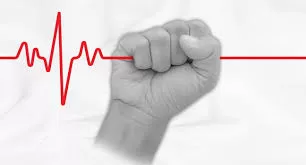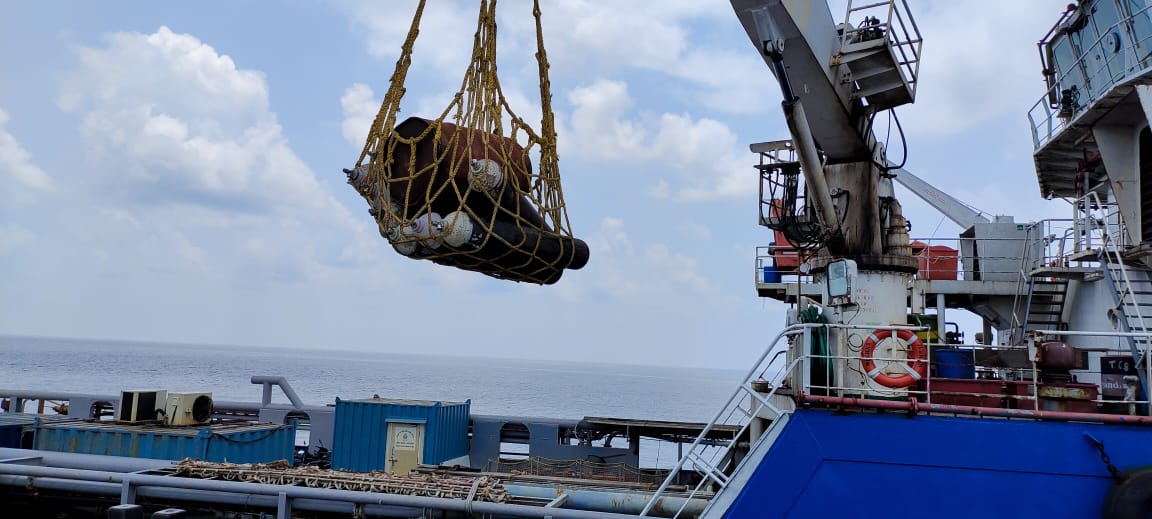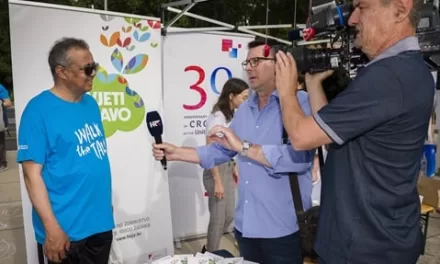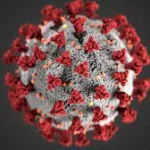February 4, 2025
The World Health Organization (WHO) has warned that South-East Asia is projected to witness an alarming 85 per cent increase in new cancer cases and related deaths by 2050. This announcement comes ahead of World Cancer Day, observed annually on February 4.
Saima Wazed, Regional Director for WHO South-East Asia, emphasized the significance of this year’s theme, United by Unique, as a collective call to action against cancer. “WHO acknowledges every patient’s unique experiences and the value of people-centered care delivered jointly by healthcare providers, families, friends, and the community,” she stated.
Rising Cancer Burden in the Region
In 2022, the WHO South-East Asia Region reported 2.4 million new cancer cases, including 56,000 pediatric cases, and 1.5 million deaths. The region also recorded the highest global incidence of lip and oral cavity cancers, cervical cancer, and childhood cancers. WHO estimates that the number of new cases and deaths in the region will surge by 85 per cent by 2050.
Despite these alarming projections, Wazed highlighted notable progress made by several countries in the region, particularly in reducing tobacco consumption. “The Region has seen the fastest rate of decline in tobacco use, which is a major risk factor for several high-burden cancers,” she said.
Efforts in Cancer Prevention and Control
WHO acknowledged various national and regional initiatives aimed at combating cancer. Key developments include:
- Six countries have dedicated national cancer control plans.
- Two countries have incorporated cancer into their national Non-Communicable Disease (NCD) plans.
- Eight countries have implemented nationwide Human Papillomavirus (HPV) vaccination programs.
- Ten countries have tertiary-level cancer care reaching at least 50 per cent of patients in need.
- Seven countries have operational population-based cancer registries to track and manage cases effectively.
Additionally, ten countries in the region are implementing global initiatives for childhood cancer to enhance early detection and treatment options.
Challenges and Gaps in Cancer Control
Despite these advancements, several challenges persist, hindering effective cancer control. Wazed pointed out that many national cancer control programs are not fully aligned with evidence-based practices, leading to gaps in implementation. Additionally, policies to regulate cancer-causing agents, such as areca nut, remain inadequate.
A lack of comprehensive cancer prevention policies and their incomplete execution has resulted in millions of avoidable cases. Late diagnosis and insufficient national healthcare capacities continue to pose significant obstacles to managing the rising cancer burden in the region.
The Way Forward
Experts urge governments and healthcare stakeholders in South-East Asia to strengthen cancer control measures by integrating evidence-based policies, enhancing early detection programs, and expanding treatment accessibility. The WHO continues to support the region through strategic guidance and initiatives aimed at reducing cancer-related morbidity and mortality.
As World Cancer Day underscores the urgency of a united approach, public health authorities and communities are called to reinforce their commitment to reducing cancer prevalence and improving patient care across the region.
Disclaimer: This article is based on the WHO’s projections and statements regarding cancer prevalence in South-East Asia. It aims to provide information and awareness and should not be considered medical advice. Readers are encouraged to consult healthcare professionals for personalized medical guidance.











